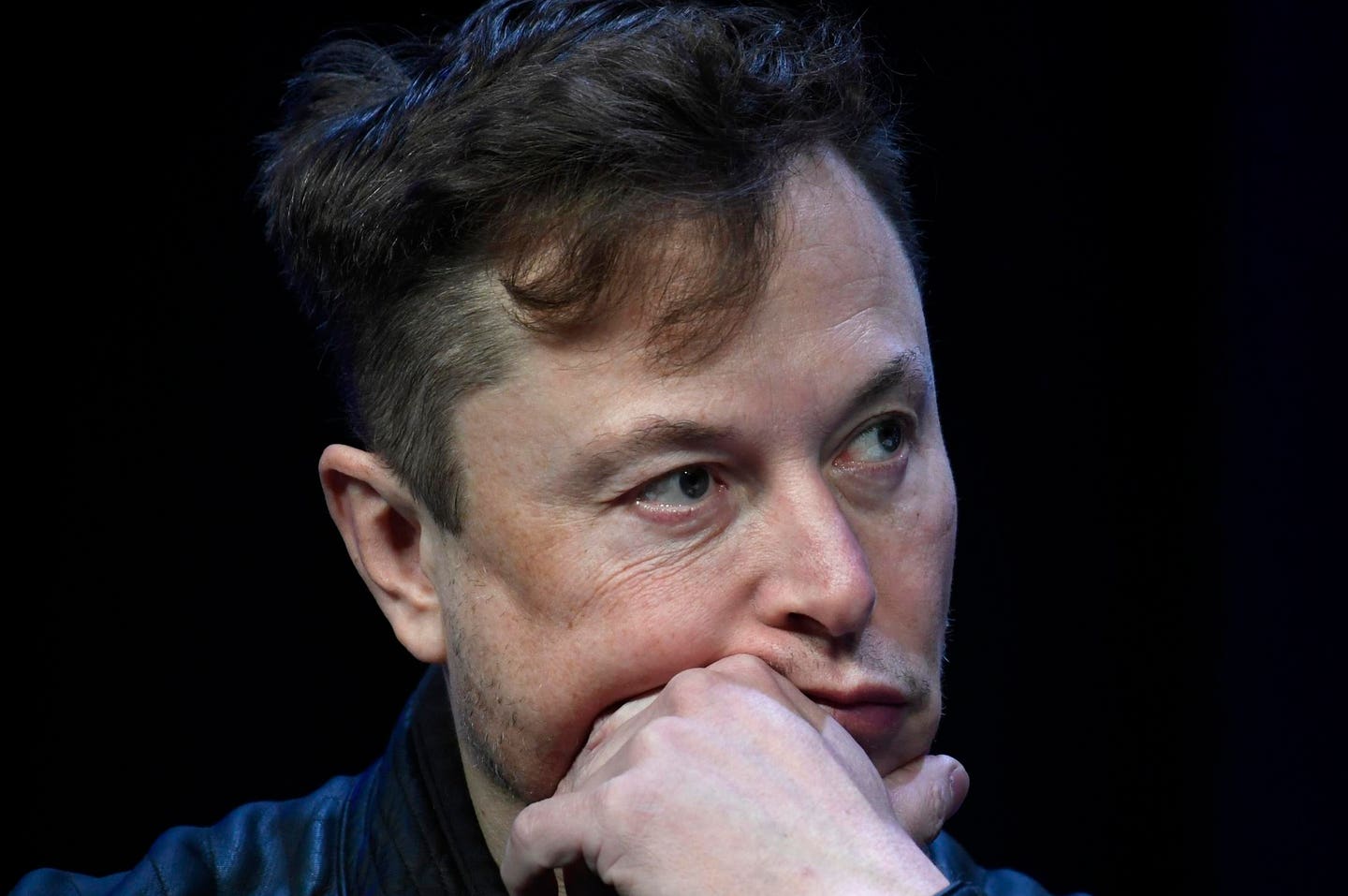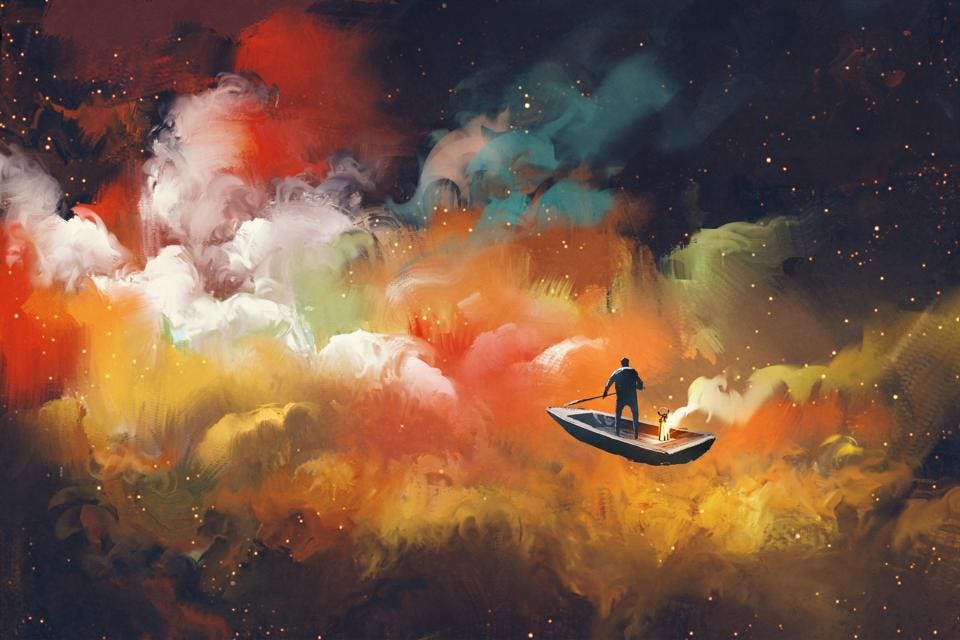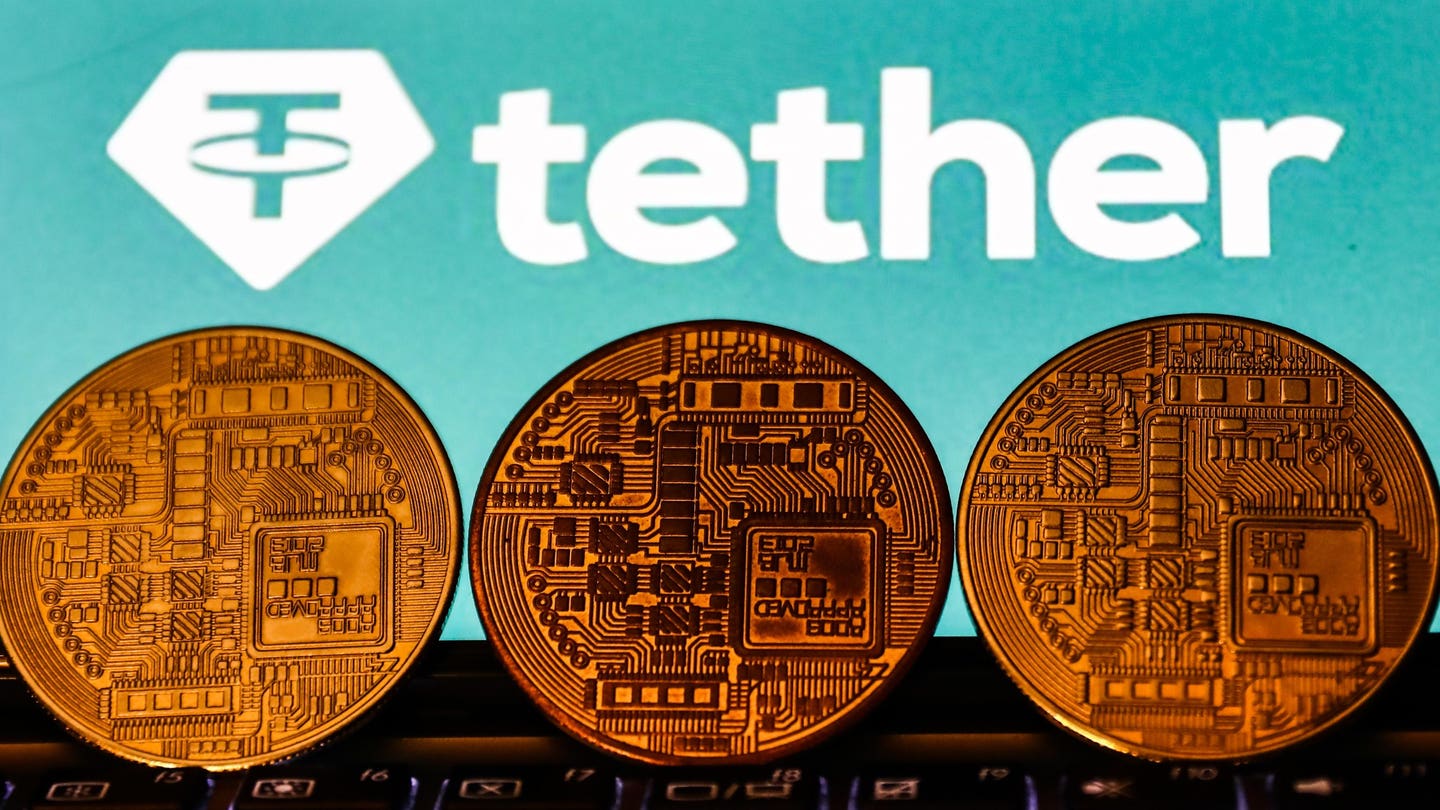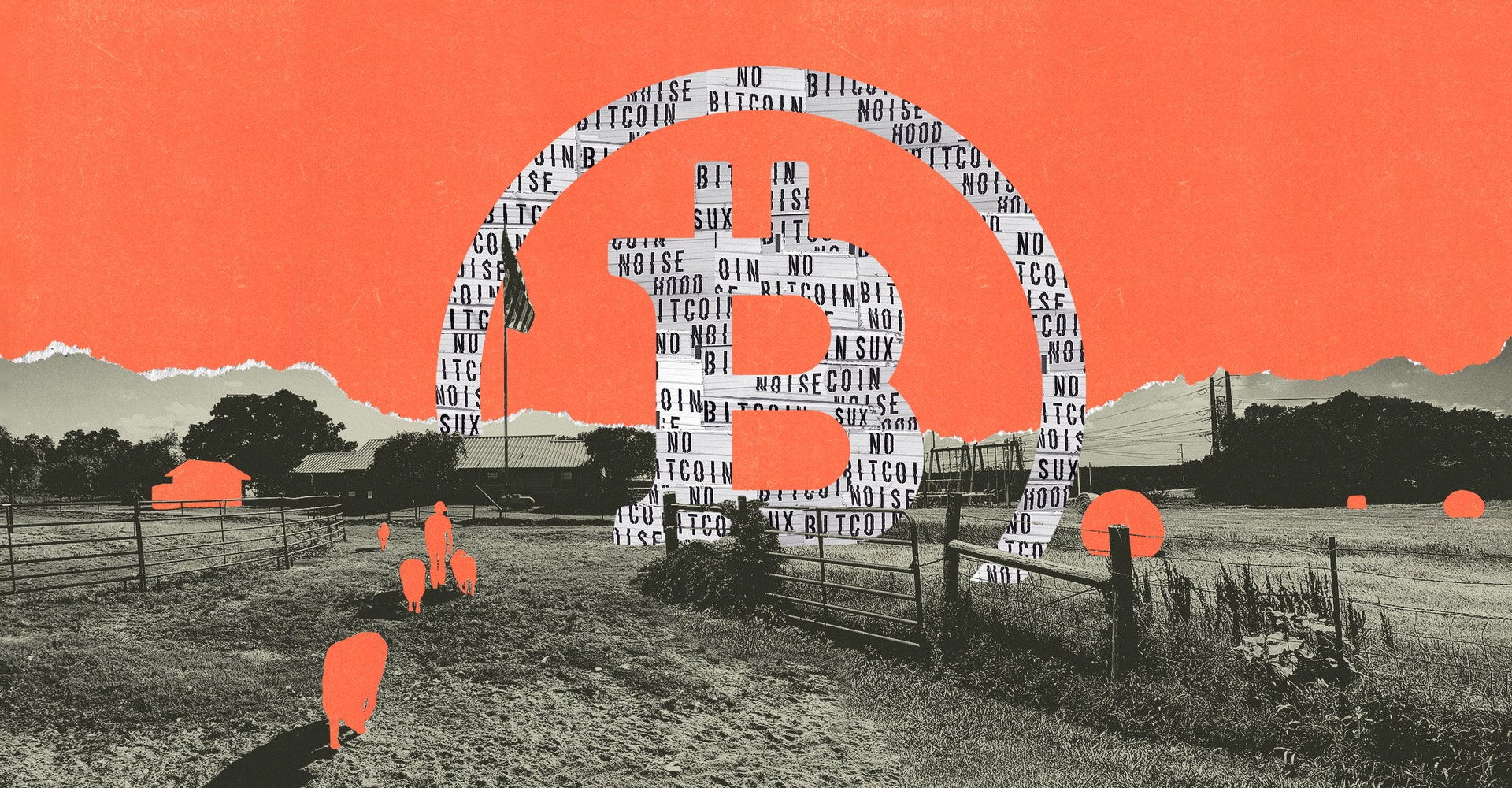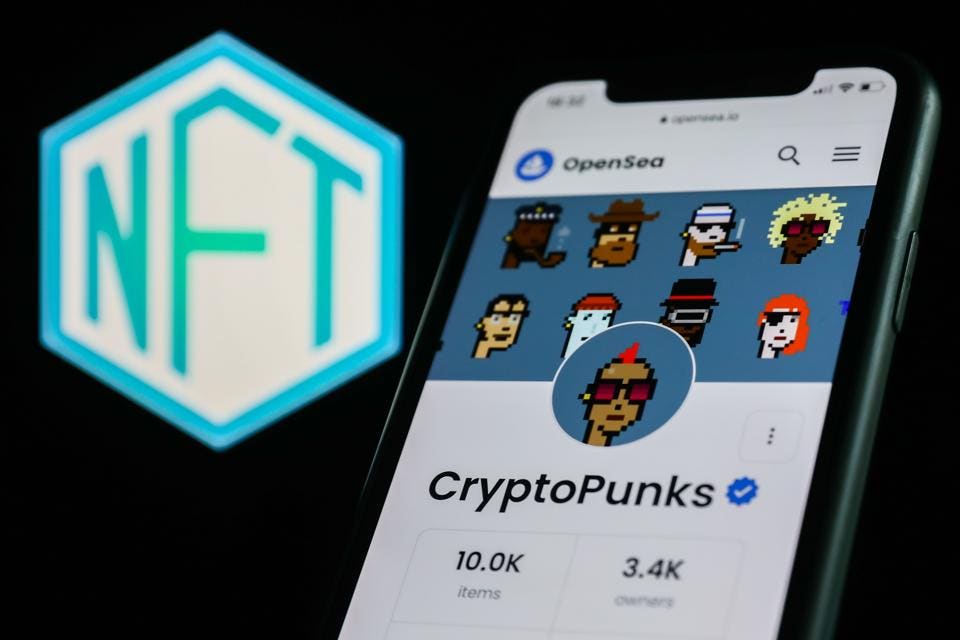

Non-fungible tokens have seemingly moved on from their past hay days with monthly transaction volumes plummeting to just over $300 million in September according to data from the crypto analytics platform, CryptoSlam. That is the lowest monthly figure on record since January 2021, when the industry registered sales of $109 million.
The decline in NFTAPENFT -0.7% activity is also mirrored in the number of nonfungible tokens sold, which fell by 32% between August and September to just over 5 million, down from 7.3 million.
The continuous decline in activity has led some to label ‘NFTs as a dead industry’. But that’s not the case for those more interested in the technology and how it could improve experiences in traditional industries like gaming.
While profile picture NFTs — digital images or JPEGs stored on the blockchain — created the initial interest and hype in the NFT technology, there were doubts about the longevity of the industry if it entirely became skewed towards JPEGs.
During the ‘perceived collapse,’ NFTs have remained resilient, particularly within the gaming industry where some traditional video game companies see the industry more as a technology that improves gaming rather than just a case of buying and selling PFP NFTs.
How NFTs Are Changing The Gaming Industry
One of the biggest impacts of blockchain technology is its ability to democratize ownership of digital assets through NFTs. An NFT allocates a unique identifier to a digital asset recorded on the blockchain, which can then be used to certify ownership and authenticity of an underlying asset including gaming assets, music, artwork, and even physical merchandise (by attaching a chip that is linked to the blockchain).
While the idea of being able to own gaming assets has appealed to crypto-native gamers, the quality of native blockchain games has not been as impressive. This fact alone has been enough to prevent a majority of traditional gamers from becoming loyal blockchain gamers.
For them, “the fun” is far more important than the feeling that comes with claiming ownership in gaming communities they are a part of.
However, that has started to change with the likes of Ubisoft and Square Enix joining the space. These companies are coming in with the promise of integrating crypto elements into high-quality games.
Square Enix's first blockchain gaming project Symbiogenesis is an NFT trading card game that allows users to go on a novel fantasy adventure collecting clues while engaging in discussions on Discord, the social media platform dedicated to gaming.
Ubisoft is building a new tactical roleplaying game, Champions Tactics: Grimoria Chronicles, which is scheduled for public launch later this year. The company claims that 75,000 Champions (playable figurines) have been minted to date. Minting allows the figurines, game skins and other items to be recorded on the blockchain, thus enabling players to buy, trade, sell and own in-game assets.
Traditionally, gamers buy in-game assets like skins and playable characters without gaining ownership. Once they leave the game completely, they leave the assets, weapons and characters they had acquired behind.
NFTs tie the assets to their wallet address, allowing them to sell on a secondary NFT marketplace, or a marketplace provided within game itself.
The ability to transform gaming with NFTs is also beginning to change how NFT marketplaces see themselves going forward. Rather than just being a place where users come to buy and sell NFT PFPs, they are now collaborating with leading gaming communities to facilitate the buying and selling of in-game assets and characters.
Earlier this year, Oasys Network, a layer-1 blockchain dedicated to gaming entered into a partnership with X2Y2 to allow its users to buy and sell gaming NFTs on X2Y2’s NFT platform.
Magic Eden, which became the leading NFT platform by transaction volume in April has also teamed up with cloud gaming provider Aethir to allow Aethir’s gaming clients to access NFTs from its platform — and in exchange provide Magic Eden’s gaming partners with graphics processing unit power.
This also addresses another challenge that blockchain gaming companies have been facing, the GPU power required to power massively multiplayer online blockchain games.
Converting PFP NFTs Into Playable Characters
Despite their dwindling popularity, PFP NFTs are still the biggest category in the industry, with a market capitalization of more than $3.5 billion. Gaming NFTs are a distance fourth in valuation with just under $480 million according to data from NFT Price Floor.
While PFP NFTs may not be in high demand as they were two and a half years ago, what the sector did well at the time was build strong communities. But with very few looking to buy JPEGs, some of the NFT holders have been left with no choice but to keep holding.
One company looking to change that is Gojira Labs, which is developing a new technology that allows users to turn static NFTs into playable 2D characters. Dubbed animatronic NFTs, the technology “provides all the necessary body components of a playable, animated character,” allowing users to make static NFTs “come to life”, a description on the company’s website reads.
What All This Means For Web3 Games
NFTs have more to offer than being used as profile pictures on social media platforms. The gaming industry looks like it could use NFTs to empower its massive community of more than 3 billion gamers, while NFTs desparately need one of the biggest consumer-facing industries as an avenue for the mass adoption of users.
And with the likes of Square Enix and Ubisoft leading the list of early adopters, the quality that has been missing in blockchain games could begin to manifest. On the other hand, startups like Gojira Labs could yet drive NFT JPEGs away from social media platforms and into gaming platforms, where the likes of Aethir would be providing the required GPU power to accommodate massive blockchain gaming communities.
